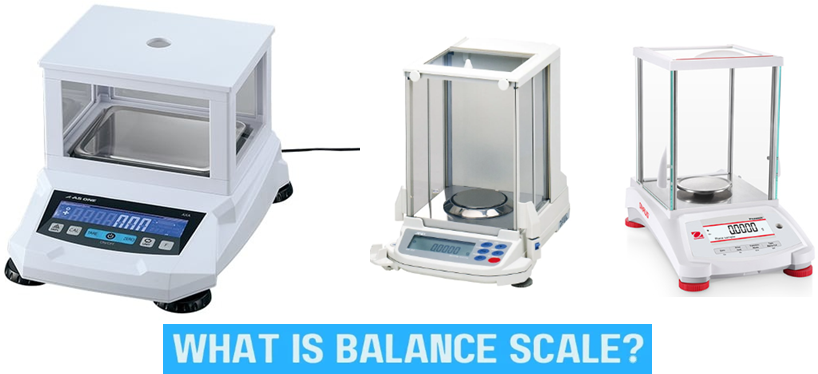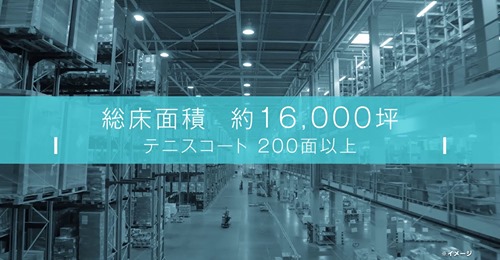
1/ Introduction
Electronic scales measure mass using electronic principles, delivering fast, accurate readings. They’re indispensable in laboratories, industrial production, commercial settings, and everyday use.
2/ Types of Electronic Scales
- Technical Balances: Accuracy from 0.1g down to 0.0001g, Used in laboratories, jewelry, precision components
- Industrial Scales: Capacities from tens of kilograms up to several tons, Used in warehouses, logistics, floor scales, truck scales
- Household Scales: Maximum capacity typically under 10 kg, Used in kitchens or for personal body-weight monitoring
- Portable Scales: Compact design with integrated battery, Used by traveling merchants or market vendors
3/ Detailed Construction
Electronic scales comprise two main assemblies: the mechanical framework and the electronics.
3.1/ Mechanical Assembly
- Base, weighing platform (stainless steel or plastic), protective frame, and overload-protection bolts
- Force-transmission mechanism (weighing plate or lever system) linking to the load cell
3.2/ Electronic Assembly
- Load Cell (force sensor): converts mechanical strain into an electrical resistance change, often arranged as a Wheatstone bridge with precision to 1 - 3 decimal places
- Measurement Circuit & Microcontroller: includes an amplifier, ADC (analog-to-digital converter), and microcontroller to process signals, calculate mass, and drive the display
- Indicator: LED or LCD screen with function keys (tare, sample counting, percentage weighing, net-weight subtraction)
4/ Operating Principle
- Placing an object on the platform bends the load cell’s strain element.
- Mechanical deformation alters resistance in the bridge, producing a tiny voltage differential.
- The analog signal is amplified and digitized by the ADC.
- The microcontroller applies calibration factors to compute mass and updates the display.
5/ Basic Technical Specifications
|
Specification |
Definition |
Selection Guideline |
|---|---|---|
|
Maximum Capacity |
Highest mass the scale can accurately measure |
Choose capacity >=your heaviest expected load |
|
Accuracy |
Maximum permissible error relative to true mass (e.g., +/-0.1g, +/-0.01g) |
Critical for labs and jewelry |
|
Resolution |
Smallest increment the scale can display (e.g., 0.01g, 0.001g) |
Enables distinguishing closely spaced masses |
|
Response Time |
Time to stabilize on a steady reading after placing an object (typically 1 - 3s) |
Faster feedback benefits industrial processes |
|
Stability |
Amount of fluctuation when holding a constant load |
Higher stability reduces long-duration drift errors |
|
Operating Conditions |
Recommended: 15 - 40°C, humidity < 70%; avoid extreme dryness or humidity to maintain accuracy and longevity |
Important for fixed installations |

6/ Calibration and Adjustment
- Prepare certified reference weights and place them on the platform.
- Access the scale’s calibration function to input the known weight values.
- Calibrate at multiple points (no load, light load, heavy load) for comprehensive accuracy.
- Revalidate periodically to prevent cumulative drift.
7/ Proper Operation
- Mount the scale on a solid, vibration-free surface; shield from wind, direct sunlight, and dust.
- Avoid dropping objects or exceeding the specified capacity.
- Rebalance whenever relocating the scale.
- Power off before cleaning; allow the unit to dry and cool before wiping.
- Use a protective acrylic cover in dusty environments.
8/ Maintenance and Cleaning
- Wipe gently with a soft, damp cloth; avoid corrosive cleaners or direct water spray.
- Inspect bolts, frame, and signal cables regularly for looseness or damage.
- Give the load cell rest periods after prolonged heavy use to preserve its accuracy.
9/ Applications and Development Trends
Electronic scales are increasingly integrated with IoT, offering wireless connectivity (Bluetooth, Wi-Fi), cloud data storage, and AI-driven analytics. These advancements enable automated monitoring and optimized workflows in Industry 4.0 environments.
Electronic Scale Applications in Industry
Industrial settings rely on electronic scales for precise, real-time weight data to enhance productivity, quality control, and cost management.
Material Control and Blending
- Weigh raw materials before production to ensure consistency across batches.
- Accurately dose and blend ingredients in food, pharmaceutical, and chemical processes, minimizing composition errors.
Quality Assurance
- Checkweighers verify individual product weights on conveyor lines, rejecting under- or overweight units instantly.
- Monitor semi-finished and finished goods to meet shipping and regulatory requirements.
Production Automation
- Integrate scales with PLC or SCADA systems for automatic feed-rate adjustments and material tracking.
- Use wireless or industrial-network interfaces to centralize weight data for trend analysis and maintenance scheduling.
Inventory and Logistics Management
- Floor and pallet scales handle large loads for accurate inventory counts during receiving and dispatch.
- Truck scales determine freight weights for billing accuracy and compliance with road-weight regulations.
10/ How to Choose the Right Electronic Scale for Your Business
10.1/ Identify Basic Technical Requirements
- Maximum capacity: select a range that covers your heaviest expected load.
- Accuracy & resolution: industrial scales need at least 0.1% - 0.2% resolution; lab balances require down to 0.001g.
- Operating environment: assess temperature, humidity, dust, and chemical exposure; choose appropriate IP rating (IP67/IP68) or stainless-steel housing.
- Auxiliary features: tare, piece counting, percentage weighing, barcode printing, RS232/USB/Bluetooth/Wi-Fi connectivity, PLC/SCADA integration.
10.2/ Select by Industry
Food Processing
- 304/316 stainless-steel housing, GMP-compliant, easy to clean
- Piece counting, tare alarm, overload warning
- IP67 - IP68 sealing against moisture and debris
Logistics & Warehousing
- Floor or pallet scales (1 - 5 ton capacity)
- Reinforced steel frame, anti-slip platform
- RS232/Bluetooth interface for warehouse management software
Jewelry & Laboratories
- Analytical balances with 0.001g - 0.1g readability
- Draft shield, internal auto-calibration
- High-frequency design to reject EMI
Chemical & Cosmetic Production
- Chem-resistant plastic or stainless-steel
- Data logging, internal/ external calibration, PC connectivity
- Small-footprint load cells with high repeatability
Retail & Supermarkets
- POS scales with thermal label printing and barcode capability
- LAN/Wi-Fi connectivity for price synchronization
- User-friendly interface with quick-access keys
Agriculture & Aquaculture
- Dust-proof, moisture-proof, easy to clean
- Hold function for moving or live animal weights
- Heavy-duty frame resistant to corrosive environments
10.3/ Verify Accuracy
- Look for manufacturer-published error <=0.05% and high display resolution.
- Test zero-reset: press lightly on the platform and confirm immediate zero return.
10.4/ Brand and After-Sales Support
- Prioritize reputable manufacturers with extensive service networks (e.g., AS ONE, AND, OHAUS, Mettler Toledo,...).
- Review warranty terms.
10.5/ Budget and Total Cost of Ownership
- Compare purchase price with long-term expenses: maintenance, calibration, accessories.
- Small businesses may favor mid-range multi-function scales; specialized applications justify high-end investments to reduce errors and downtime.
10.6/ Ordering
Kindly click on Request a quote to unlock the Best Price and Delivery Date. QTE Technologies' expert consulting team is always ready to assist you.
QTE Technologies is a proud global MRO provider, serving customers in over 180 countries and always striving to ensure a complete and satisfying customer experience. Established in 2010, we supply over 1 million products across all industries and engineering disciplines. Additionally, you can reach us anytime via 24×7 chat support, phone, WhatsApp or email. Discover what our valued customers have to say about our services on our dedicated review page.
Article Author: QTE Technologies Editorial Team (with a strong background in both engineering and innovation - over 15 years of experience).




